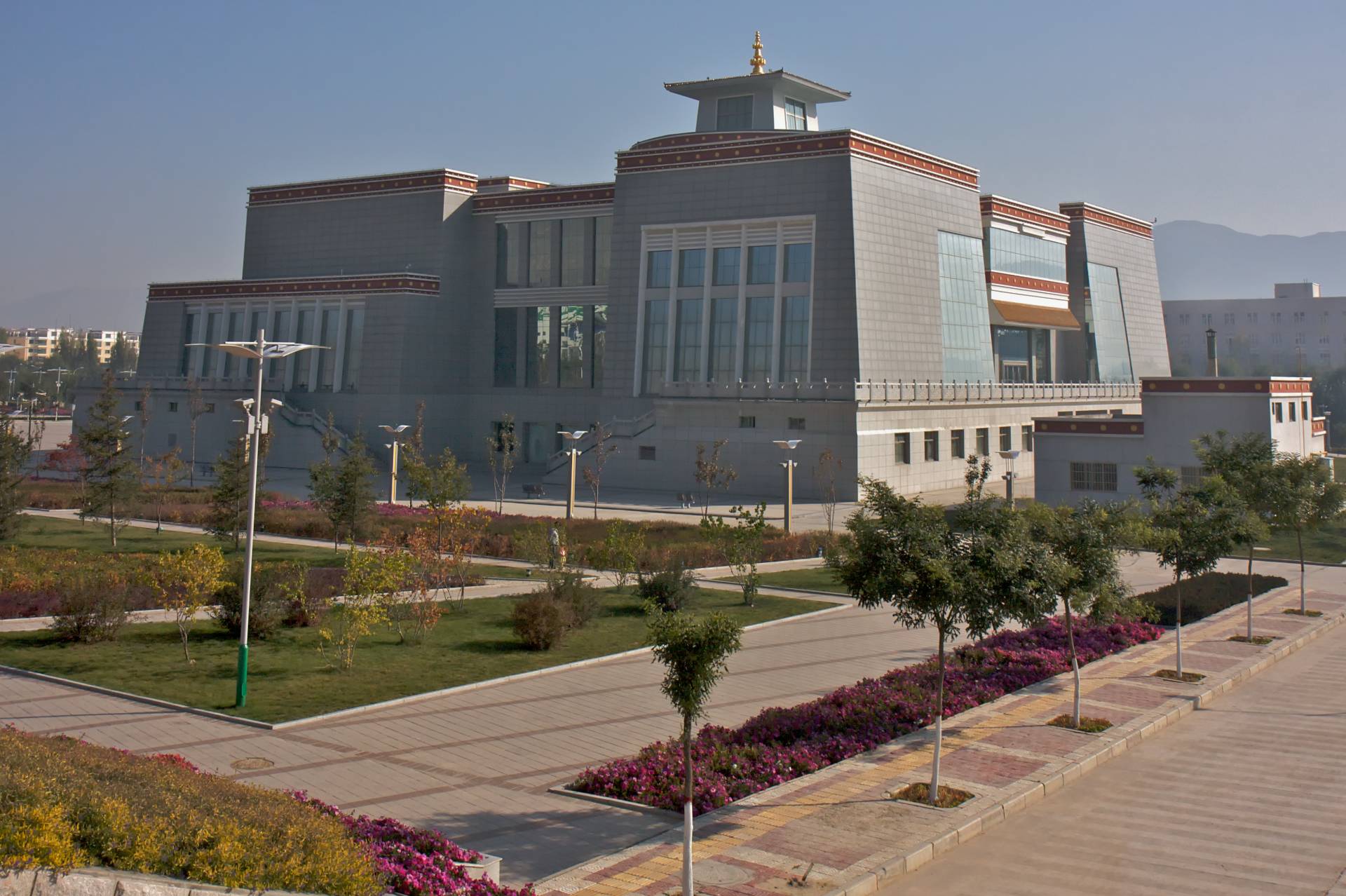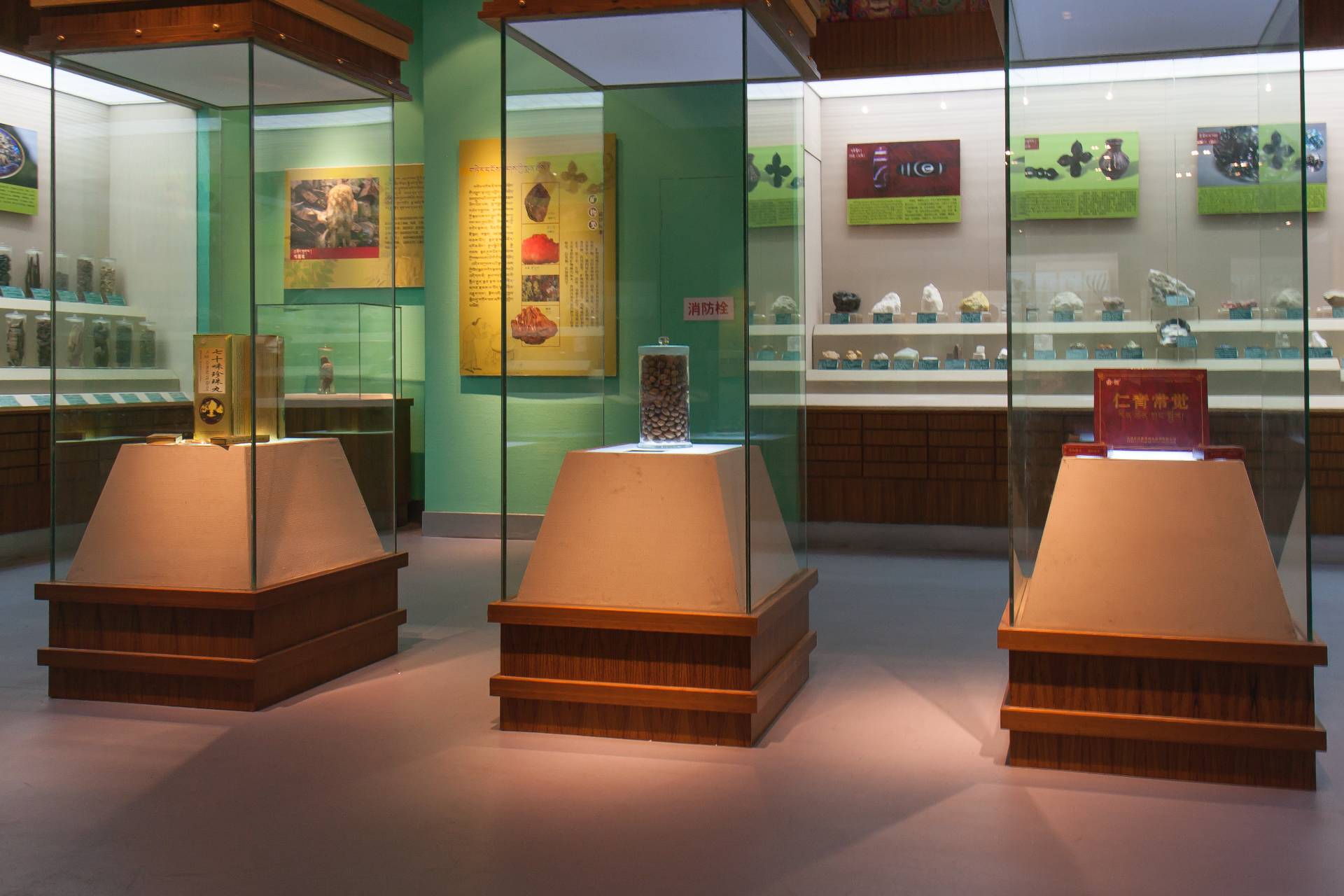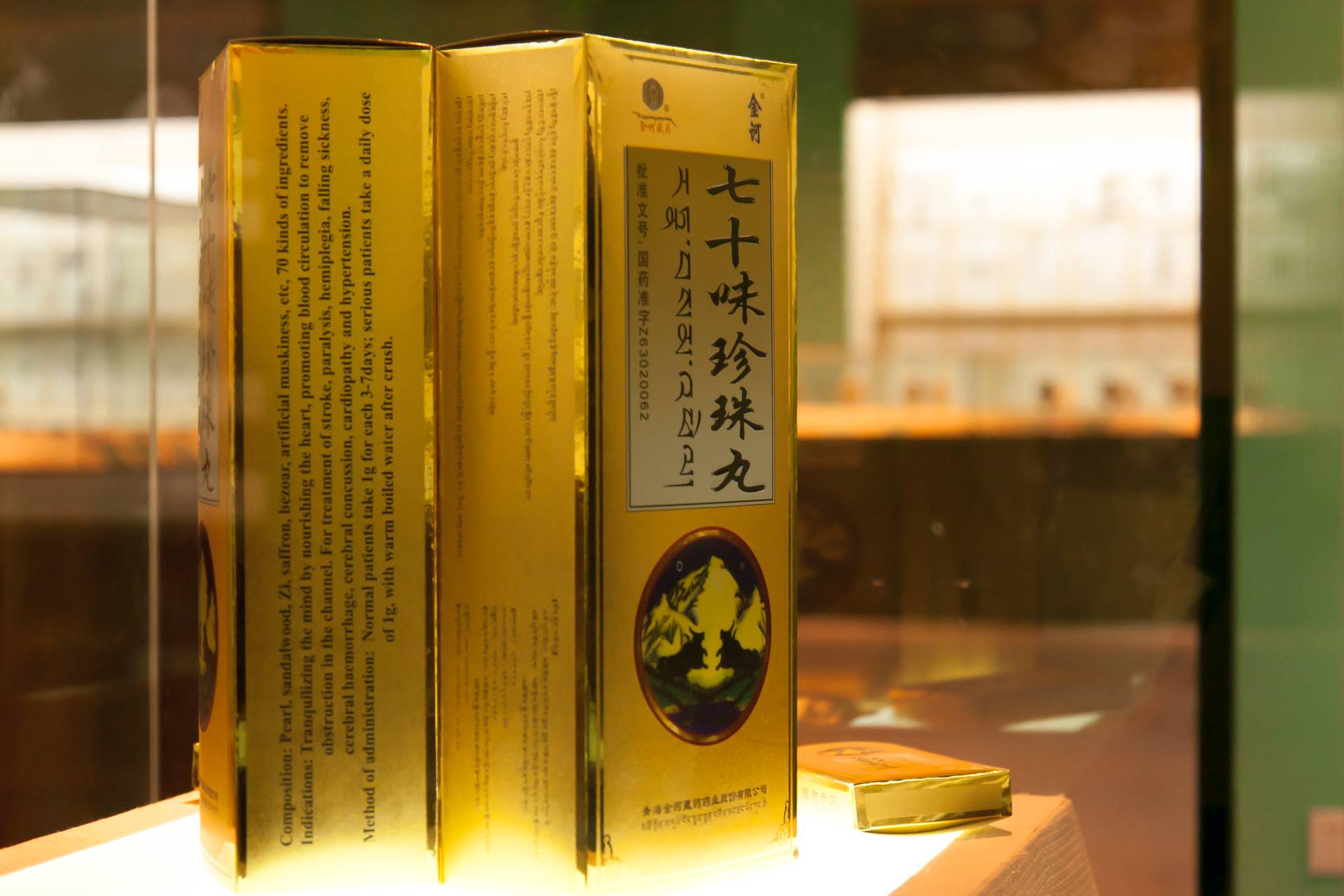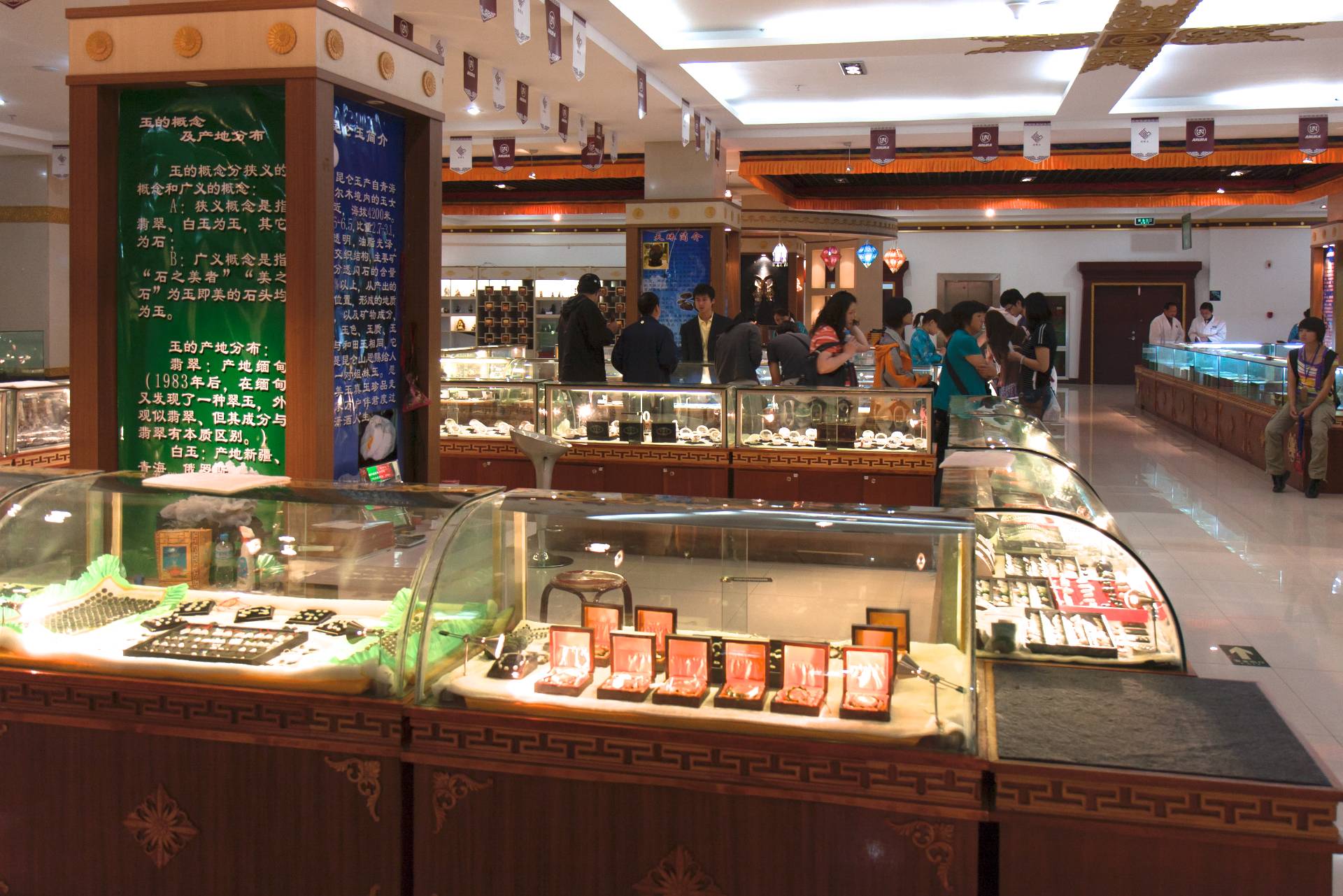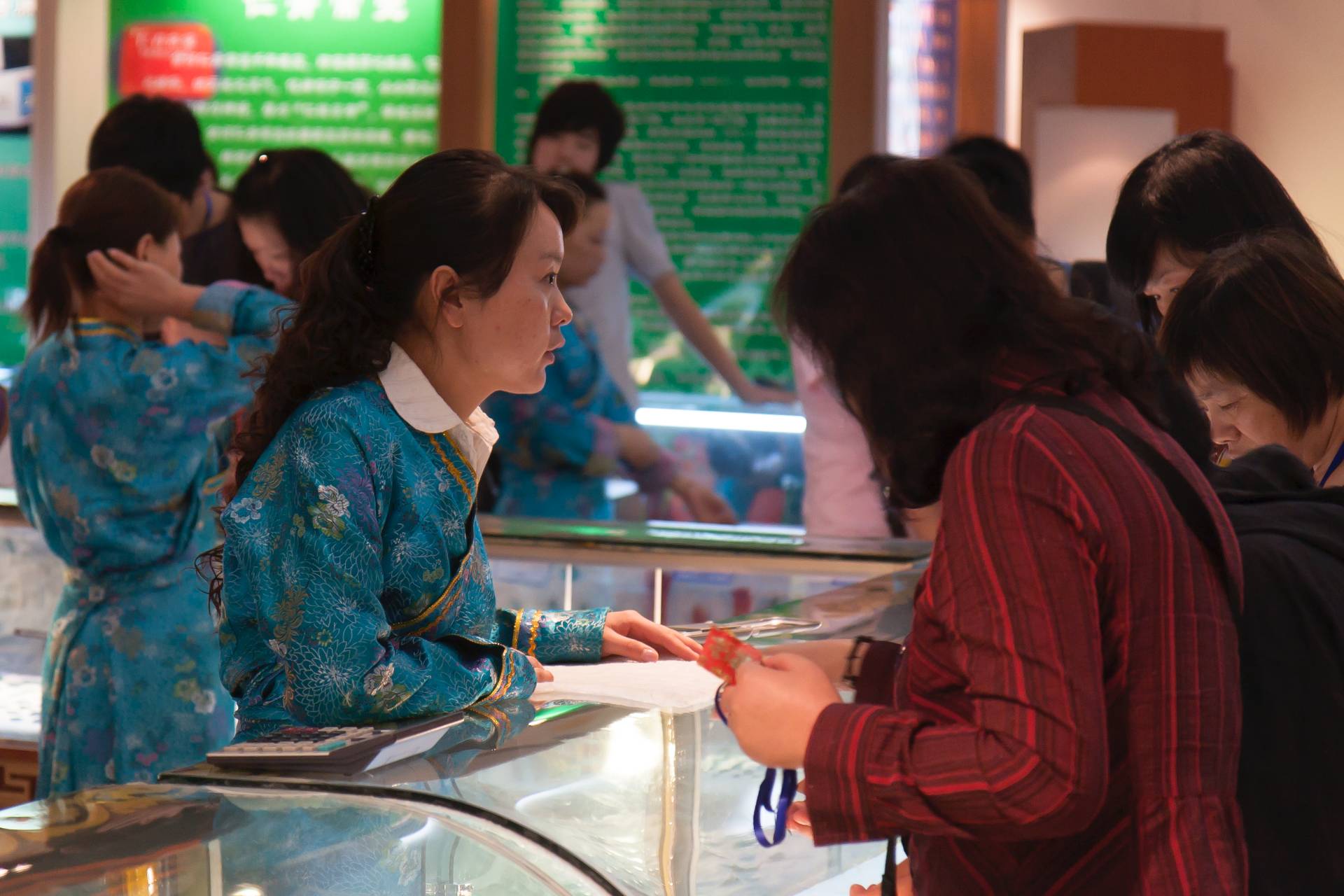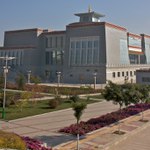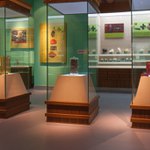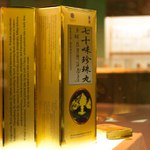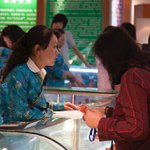Monastery on Steroids
I am collecting visual materials for an upcoming exhibition on Tibetan medicine at the Rubin Museum of Art in New York. This brings me back to my own efforts at “Seeing Tibet”.
Xining, Biotech Zone, 2009. Amidst functional factory buildings there is one that stands out: the Tibetan Medicine Museum of China, a grandiose structure that blends monastic style elements with contemporary Chinese tastes. Surrounded by a vast parking lot, well-kept flower beds and patches of irrigated lawn, the museum has a temple-like air. The sheer size of the building and its enormous glass façades around the entrances give it an imposing appearance, something of an upscaled Tibetan monastery on steroids.
The museum’s upper floor houses the world’s largest thanka – six hundred metres long and worth an entry in the Guinness Book of Records. The basement features a lavish sales area where young Tibetan women in meticulous dresses, harmonised with the colours of the shop’s interior design, sell Arura’s products in an atmosphere similar to that of luxurious airport boutiques.
The museum, established in 2006, is the brainchild of the Qinghai Arura Tibetan Medicine Group. The Group not only runs the biggest pharmaceutical factory in Qinghai, but also the Tibetan provincial hospital, a research centre, and the Tibetan medicine college at the local university. The Tibetan-run company’s engagements take many forms. And thus, rather than just an expression of crude commercialisation, the museum is also something else – namely an ambitious Tibetan effort at claiming a space for Tibetan medicine in contemporary China.
Privacy Policy
Plain and simple: I take the principle of minimal data collection serious and try hard not to collect or process any personal data beyond the basics required to serve and maintain the website.
Specifically,
- We do not use cookies.
- We do not use third party analytics.
- There is no contact form that would allow you to enter personal data.
- We do not use advertising to run this website.
In order to serve this website, your IP address and information about your browser, operating system and screen resolution need to be collected and processed. theotherimage.com is a simple, handcrafted, static website hosted by Netlify. It uses fonts by Adobe Fonts (formerly Typekit). Both Netlify and Adobe automatically collect usage data, either generated by the use of this website or from the service infrastructure itself. This data is used for accounting and analytic purposes as well as for technical maintenance by these two companies. Neither Netlify nor Adobe use cookies to track you. Specifics can be found in their respective privacy policies.
The videos on this website are hosted by Vimeo. Depending on your browser configuration, Vimeo may use cookies and other tracking technologies as stated in their respective privacy policies.
If you have any questions about this privacy policy, please write to: Martin Saxer, LMU Munich, Department of Social and Cultural Anthropology, Oettingenstr. 67, 80538 Munich, Germany.
This privacy policy has been updated on 30 December 2018.
![[ the other image ]](/images/logo/toi-logo_2x.png)
